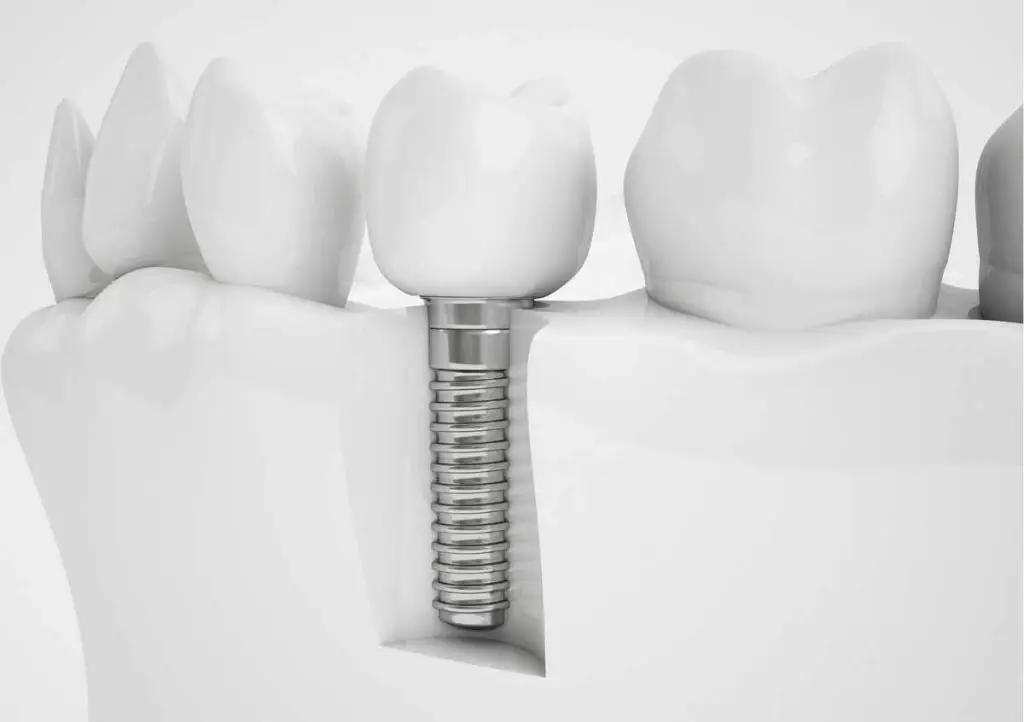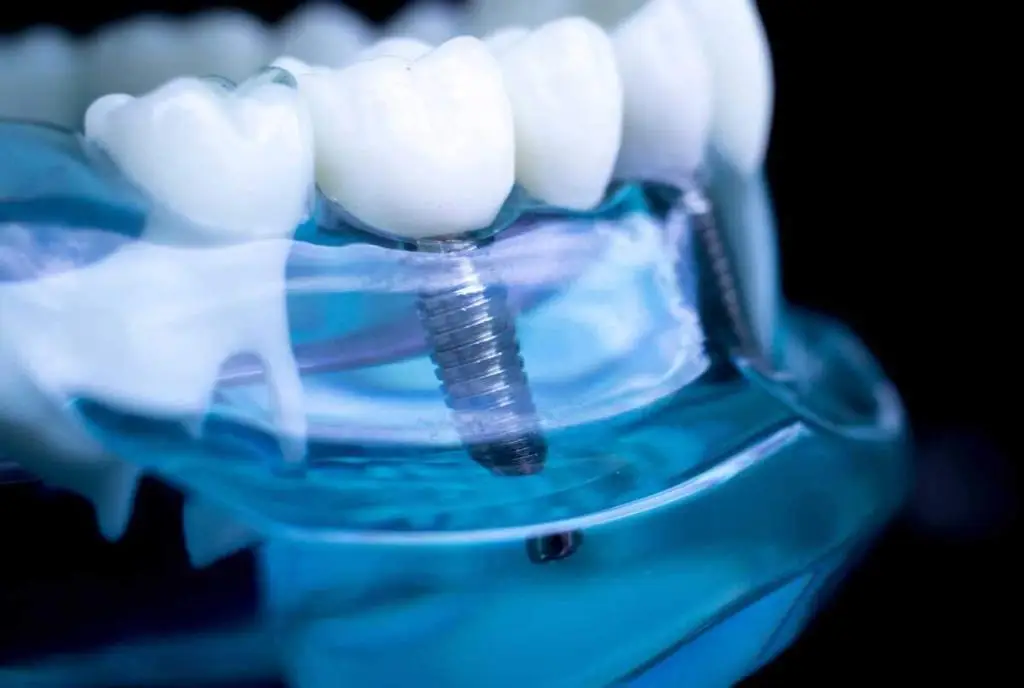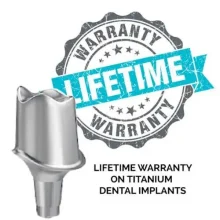
Mommy Makeover
What is a Mommy Makeover? A mommy makeover is a combination of surgical procedures designed to restore a mother’s body after pregnancy and childbirth. Common
Dental implants are an excellent solution for replacing missing teeth, providing a natural and durable option for achieving a stunning smile. Usually performed by skilled oral surgeons or periodontists, the implant process involves careful preparation and an understanding of both the pre-surgery and post-surgery stages.
This concise guide outlines the dental implant process step by step, giving you a clear idea of what to expect at each phase. Additionally, you’ll discover the essential factors that contribute to a smooth and successful recovery.
Dental implant treatment is a surgical procedure designed to replace missing teeth with artificial ones. During the process, a titanium implant is inserted into the jawbone, serving as the root for the new tooth. This treatment unfolds in several stages over a few months, including an initial consultation, treatment planning, implant placement, a healing period, and finally, the attachment of the crown.




The first step in the dental implant journey is to schedule a consultation with an implant specialist. During this appointment, the dentist will evaluate your mouth and take X-rays to assess your suitability for implants. Based on this evaluation, a customized treatment plan will be crafted.
Following the initial consultation, a CT scan will be performed to create a 3D model of your mouth. This model allows your implant surgeon to meticulously plan the precise placement of the implants.
Before the surgery, your teeth will undergo a professional cleaning, and any necessary extractions will be completed. Once your mouth is adequately prepared, the surgical procedure to insert the implants will commence.
The dental implant process starts with the insertion of a titanium post into the jawbone at the location of the missing tooth. This is done through a minor surgical procedure. After the implant is placed, it undergoes osseointegration, a process in which it fuses with the jawbone. This integration usually takes several months to fully complete.
The insertion of the abutment is a vital phase in dental implant surgery. This step involves placing a support structure called an abutment into the designated area on the implant, where it is firmly secured. Once in position, the abutment acts as a connector between the dental implant and the final prosthetic, such as a dental crown.
After a healing period of three to six months, the osseointegration process is complete, and the dental implant has fully fused with your jawbone. At this point, you’re prepared to receive your dental crown. Typically crafted from porcelain or ceramic, the crown is designed to blend seamlessly with your natural teeth.
The dental implant process typically spans several months and includes multiple evaluations and minor surgical procedures.
Initially, your dentist will perform scans and X-rays to obtain a comprehensive view of the treatment area, including the surrounding gum tissue.
Next, the implant is placed into the jawbone during a quick procedure conducted under anesthesia, ensuring you experience no discomfort.
In the months that follow, new bone will grow around the implant, anchoring it securely in place.
Once the implant is stable, the dentist will attach an abutment and prepare the site for your new tooth or teeth. An impression of your mouth will be taken to create a custom artificial tooth. Finally, the replacement tooth or teeth are affixed to the implant, completing the procedure.
Dental implant surgery generally takes between one to five hours, depending on the number of implants being placed and the complexity of the procedure.
The overall duration of the process can vary based on several factors, including the number of teeth being replaced and the condition of the patient’s jawbone.
Following the surgery, a recovery period of several weeks to months is necessary for the implant to fully integrate with the jawbone.
For nearly three decades, dental implants have been a reliable solution for replacing missing teeth. They are durable, long-lasting, and designed to resemble your natural teeth. However, there are several considerations to keep in mind after receiving dental implants.
It’s normal to experience some swelling and bruising around the implant site, but these symptoms should diminish within a few days.
You might also feel mild discomfort, which can usually be managed with over-the-counter pain medications.
Maintaining good oral hygiene is essential; regular brushing and flossing will help keep the implant area clean. Additionally, be sure to schedule routine check-ups with your dentist to monitor healing and the overall health of the implant.
Dental implants can be substituted with several alternatives, including dental bridges, partial or full dentures, and removable partial dentures, often referred to as “flippers.”
Dental bridges depend on the support of neighboring teeth, while dentures are removable appliances designed to replace either some or all missing teeth. Removable partial dentures can provide a more budget-friendly, temporary solution.
The ideal choice will vary based on individual preferences, financial considerations, and overall dental health.
This dental implant procedure involves placing just four to six implants in the jawbone to support a complete arch of replacement teeth, whether in the upper or lower jaw. This method offers a more cost-effective and less invasive alternative to installing individual implants for every missing tooth.
The process of replacing a single tooth with a dental implant closely resembles that for multiple teeth, but it involves the placement of just one implant and a single replacement tooth, known as a crown.
Dental implants in Turkey require the same level of care as natural teeth, including regular brushing, flossing, and routine dental cleanings and check-ups.
It’s crucial to maintain cleanliness around the implant to prevent infection and promote good oral hygiene.
Depending on the materials used and the patient’s dental hygiene practices, dental implant crowns may need replacement every 10 to 15 years.
Most people who receive dental implants do not encounter significant problems. However, it’s normal to experience some swelling and bruising around the implant site during the first few days after surgery.
To alleviate this, apply ice to the area for 20 minutes at a time, several times a day. Keeping your head elevated while sleeping for the first few nights can also help reduce swelling and minimize bleeding.
In Europe, the cost of dental implants typically falls between $2,999 and $6,000. However, choosing dental implant treatment in Turkey can lead to significant savings, with prices potentially being 7 to 8 times lower. The total cost can vary depending on the number and type of implants needed, as well as the complexity of the procedure. Despite the initial expense, dental implants provide a long-lasting solution for missing teeth.

What is a Mommy Makeover? A mommy makeover is a combination of surgical procedures designed to restore a mother’s body after pregnancy and childbirth. Common

When you think of Marmaris, you might first imagine its beautiful beaches, lively nightlife, and amazing Turkish food. But did you know Marmaris also offers

Have you ever experienced a toothache that strikes suddenly and sharply without any warning? Even simple daily activities like eating or drinking can feel unbearable,

